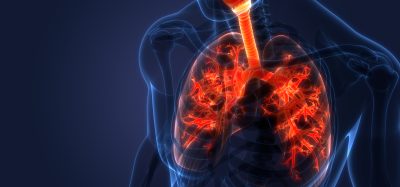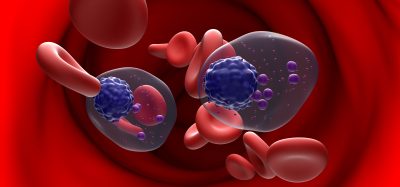Identification of functional sex differences in nociceptors
Posted: 11 June 2024 | Drug Target Review | No comments yet
A new study reveals that pain management could be greatly improved by considering patient sex as fundamental.


Researchers at the University of Arizona Health Sciences have been the first to identify functional sex differences in nociceptors, specialised nerve cells that produce pain. The results indicate that the implementation of a precision medicine-based approach that considers patient sex as fundamental, could change the choice of treatment for pain management.
Previous studies suggest that males and females differ in their experience of pain, but, until now, no one knew why. Dr Frank Porreca, research director of the Comprehensive Center for Pain & Addiction at UArizona Health Sciences and professor and associate department head of pharmacology at the UArizona College of Medicine – Tucson, stated: “Conceptually, this paper is a big advance in our understanding of how pain may be produced in males and females…The outcomes of our study were strikingly consistent and support the remarkable conclusion that nociceptors, the fundamental building blocks of pain, are different in males and females. This provides an opportunity to treat pain specifically and potentially better in men or women, and that’s what we’re trying to do.”
The team explored the excitability of nociceptor cells located near the spinal cord in the dorsal root ganglion. When activated by damage or injury, nociceptors send a signal through the spinal cord to the brain that results in the perception of pain. Notably, nociceptors are adaptable in their response to injury. For example, although touching a hot stove is a high-intensity stimulus, while a shirt rubbing a sunburn is low-intensity, both produce the perception of pain. For low-intensity pain, medications, including nonsteroidal anti-inflammatory drugs like ibuprofen, work by normalising the threshold for nociceptor activation.
For the study, Dr Porreca chose prolactin and orexin, leading on from past research on the relationship between chronic pain and sleep with unexpected sex differences. Prolactin is a hormone responsible for lactation and breast tissue development; orexin is a neurotransmitter that helps to promote staying awake. Despite this, both substances have many other functions that are only now being revealed.
“The startling conclusion from these studies is that there are male nociceptors and female nociceptors, something that has never previously been recognised.”
Using tissue samples from male and female mice, nonhuman primates and humans, the researchers evaluated the effect of prolactin and orexin B on nociceptor activation thresholds that can allow low-intensity stimuli to produce pain. Dr Porreca said of their discovery: “What we found is that in males and females – animals or humans – what changes the thresholds of the nociceptors can be completely different…When we added the sensitising substances that lower these thresholds for activation, we found that prolactin only sensitises female cells and not male cells, and orexin B only sensitises male cells and not female cells. The startling conclusion from these studies is that there are male nociceptors and female nociceptors, something that has never previously been recognised.”
They then blocked prolactin signalling and orexin B signalling and studied the effect on the threshold for activation of the nociceptors. As thought, blocking prolactin signalling reduced nociceptor activation in females and had no effect in males, while blocking orexin B signalling was effective in males and not in females. The results suggest a novel method to approach treating pain conditions, many of which are female prevalent. For example, migraine and fibromyalgia have female-to-male ratios of 3:1 and 8 or 9:1, respectively.
“We are bringing the concept of precision medicine – taking a patient’s genetics into account to design a therapy – to the treatment of pain,”
The team will continue searching for other sexually dimorphic mechanisms of pain while building on this study to find viable ways to prevent nociceptor sensitisation in females and males. Dr Porreca is encouraged by his recent discovery of a prolactin antibody, which could prove useful in females, and the availability of orexin antagonists that are already FDA-approved for the treatment of sleep disorders.
“We are bringing the concept of precision medicine – taking a patient’s genetics into account to design a therapy – to the treatment of pain,” Dr Porreca concluded. “The most basic genetic difference is, is the patient male or female? Maybe that should be the first consideration when it comes to treating pain.”
This study was published in Brain.
Related topics
Personalised Medicine, Therapeutics
Related conditions
pain
Related organisations
University of Arizona Health Sciences
Related people
Dr Frank Porreca (UArizona Health Sciences)







